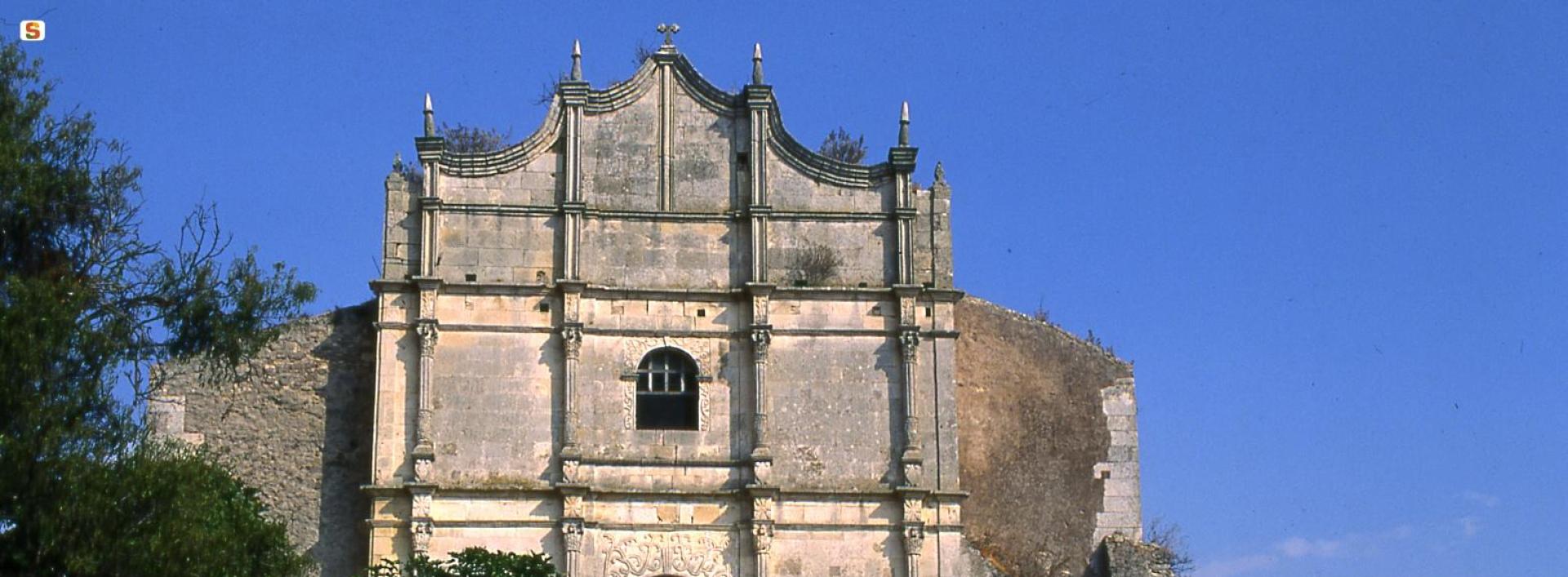It's widely considered one of the most fascinating places of worship in Sardinia, thanks to its opulent forms, mysterious origins, and the legend surrounding it. The Church of Nostra Signora di Bonu Ighinu stands on a hill surrounded by rugged mountainous terrain in the territory of Mara, a small town in Logudoro. Its current appearance is the result of restoration and expansion work carried out in 1797. Little to nothing is known about the pre-existing building, which perhaps served as the parish church of a disappeared medieval village documented in the condaghe of San Pietro di Silki.
The sanctuary's name comes from a legend: the Madonna is said to have appeared to bring harmony and end disputes between neighboring villages. Bonu Ighinu precisely means 'good neighborhood'. It was also said that the statue inside the church would become extremely heavy if the inhabitants of surrounding villages attempted to steal it.
You'll immediately be struck by the dramatic access staircase, which culminates in a large square. The facade is in Rococo style, divided into superimposed orders of columns richly adorned with decorations, ending in pilasters with small spires. Horizontally, it's divided into three orders by projecting cornices, with the final one sloping downwards from the center towards the sides. The style recalls 17th and 18th-century wooden altarpieces found in various churches on the island. The portal and window—positioned along the same axis—are decorated with an intertwined ribbon frieze. The unique facade contrasts with a simple interior decor, where you'll observe three Baroque wooden altars, one of which houses the statue of the Madonna of Bonu Ighinu. The layout is cruciform, with a single nave vaulted in a barrel shape, and rectangular transept and chapels near the apse. Every year, on the third Sunday of September, the sanctuary becomes the scene of a festival dedicated to the Madonna, preceded by a novena and pilgrimage. It's no coincidence that next to the church stand lodges and cumbessias, stone houses intended to accommodate novena participants and pilgrims.
The area around the sanctuary is rich in prehistoric and historical evidence. On the summit of a hill about two kilometers away lie the ruins of the Bonvehì Castle, most likely built by the Doria family in the 13th century and destroyed by the Aragonese two centuries later. Further north, you'll take a leap back thousands of years in time, observing the Filiestru and Sa Ucca de su Tintirriolu caves. Here, artifacts dating back to the Bonu Ighinu culture, dated to the 4th millennium BC, were first discovered..
Source: SardegnaTurismo.it

